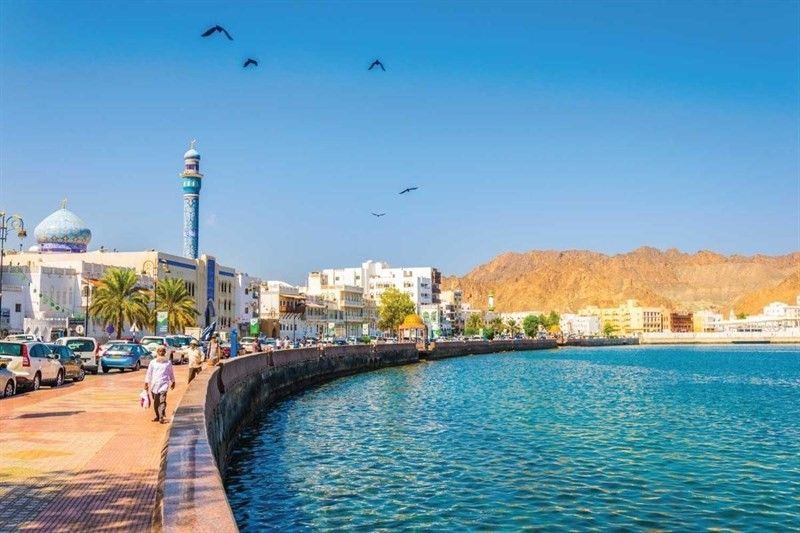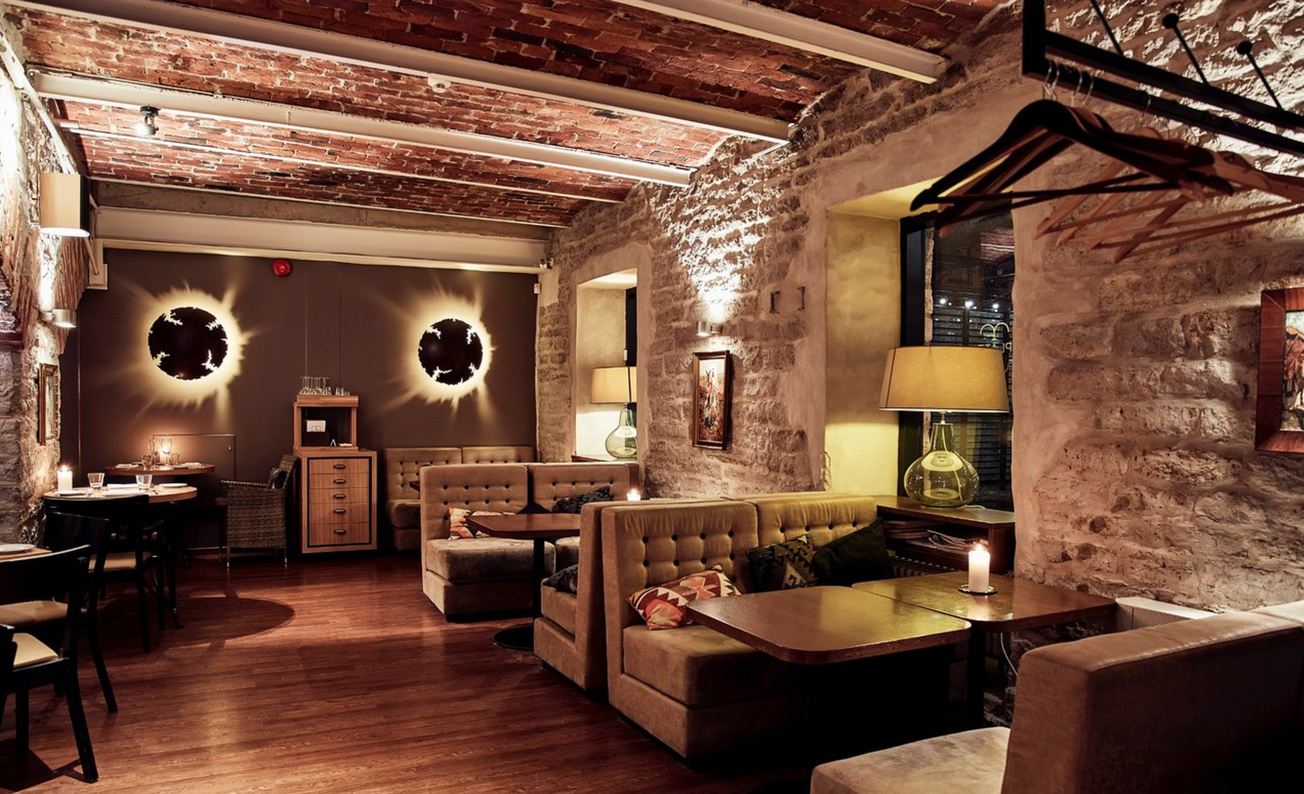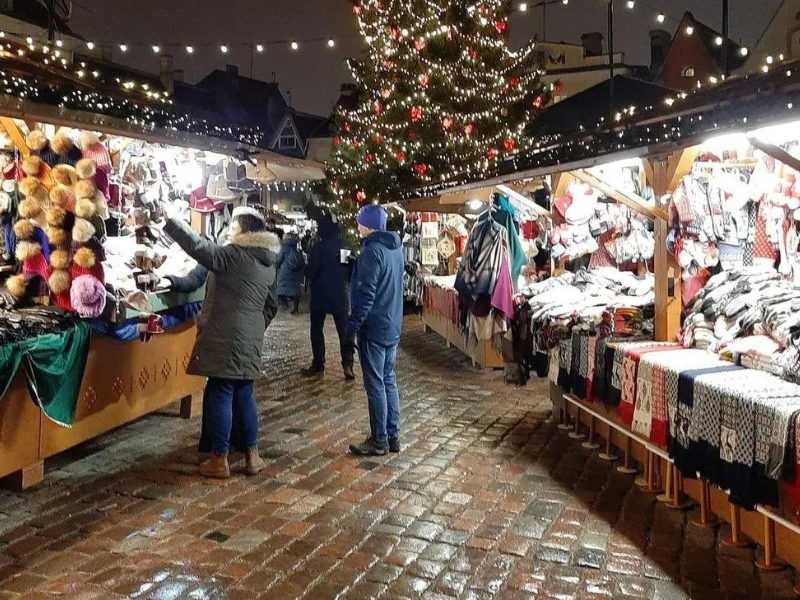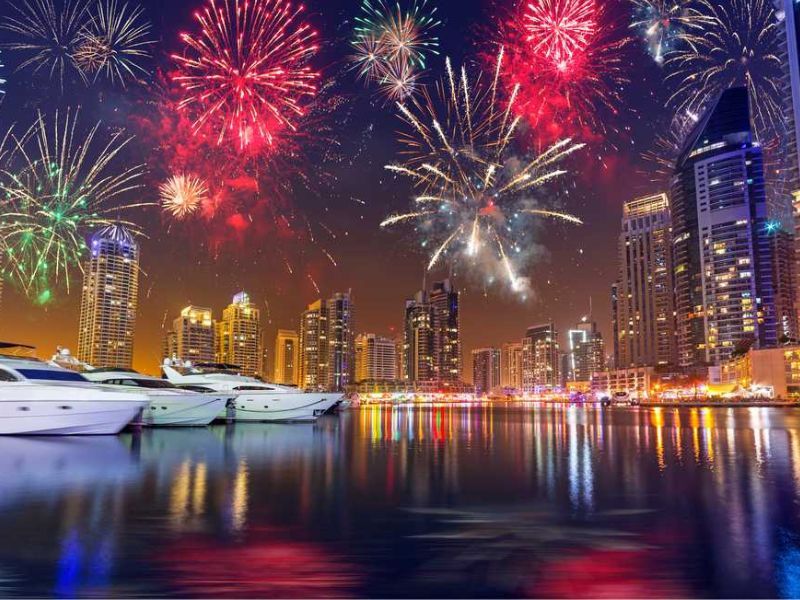Compared to fancy Emirati next-door neighbors like Dubai and Abu Dhabi, the capital of Oman is a breath of fresh sea air. Muscat is well-known for stunning souks and outstanding seafood, but its surface brings the greatest thrills. This port city on the Gulf of Oman is backed by the dry Hajar mountains, implying you can travel deserts at dawn, area dolphins at sundown, and enjoy great deals of gushing Omani hospitality in between. Here are ten elements to make time for Muscat.
1. To inspect your bartering capabilities
Muscat's Muttrah Souk is a maze of ceramics, precious jewelry, and camel-themed souvenirs. The best buys are butter-soft llama wool pashminas, leatherware, and beautiful gold jewelry. Many stalls are open to bartering; however, there's less wiggle-room on precious jewelry (which is offered by weight). Start with an offer around 40-- 50 percent of the supplier's opening cost and goal to meet someplace in the middle if you're a bargaining rookie. Sellers know their bottom line: if they are more than happy to let you ignore a sale, you've crossed it. For the very best people-watching, get here after 5 pm when locals venture out for an excellent haggle.
2. To see an impressive mosque
During 45 years of rule, Oman's Sultan Qaboos has lent his wealth and name to a number of Muscat's finest constructions and buildings. However, the most excellent is Sultan Qaboos Grand Mosque, which shines from the tips of its 4 turrets and 50m-high gold dome right down to the white marble flooring covering. The men's prayer hall (visitable by both sexes) is particularly incredible, with significant Persian carpets and chandeliers the size of dune buggies. Male visitors need to use long sleeves and pants, and women require to cover from collarbones to below the knee and bring a headscarf to cover your hair.
3. To glimpse Oman's flamboyant past
Swords and daggers are fundamental to Oman's heritage, even enjoying pride of place on the across the country flag. Simply Oman's well-to-do wear the khanjar (basic dagger) nowadays; nevertheless, the craftsmanship remains revered. See a choice of historical weaponry at the Bait Al Zubair Museum, from pearl-embossed straight swords to beauteous blades engraved with koranic verses.
4. For the Gulf's finest seafood
While grilled meats, hummus, and flatbreads are filled onto lots of a dining facility table, Muscat is mostly a city of seafood enthusiasts. The notable meal is kingfish curry, portions of gamey fish simmered in a broth of coconut, ginger, garlic, and turmeric, but fish is typically scooped out of the sea and freshly grilled. Delight in a catch of the day with a view of bobbing private yachts at the marina's Blue Marlin dining establishment. Even the most ravenous tourists will be pleased by platters filled with grilled tuna, prawns, kingfish, and an enormous lobster.
5. For palatial modern architecture
A natural beginning area to look at regal architecture is Al Alam Palace, a resplendent gold and blue royal residence. Next, find the Royal Opera House, an extraordinary blend of Omani and Italian-imported marble and Burmese teak. It's even worth poking your nose inside specific high-end hotels: the Al-Bustan Palace Hotel has an atrium the equal of great deals of a museum, 38m high with a mix of art deco and extravagant Arabian stylings.
6. To see cavorting dolphins
Applaud the mid-air balancings of spinner dolphins on a boat tour around the Gulf of Oman. As their name suggests, these little dolphins are known for excessive mid-air pirouettes as they hunt for tuna and sardines. Ocean Blue Oman has regular two-hour cruises, with terrific opportunities of seeing these lively cetaceans romp in the water.
7. To gain access to breathtaking trekking terrain
While the location's most unbelievable hikes are accessed from Nizwa, a 90-minute drive southwest of Muscat, the capital itself is backed by the dramatic Hajar Mountains. Lace-up your walking boots for the rocky C38 path from Muscat's Riyam Park into the hills; advantages for this two-hour effort consist of bird's- eye views of the port and fortresses and blissful mountain personal privacy. Trekking is at its finest from October to April.
8. For sweet-toothed temptations
Visitors to Omani homes are welcomed with cardamom-scented coffee and sticky dates. There are 35 ranges to enjoy, from caramel-like Khalas dates to darker, less sweet Farth dates; search for your favorites at the vegetables and fruit markets at Sultan Qaboos Port. Another reward made sure to strike fear into your dental professional's heart is Omani halwa, a gelatinous treat condensed from sugar, wheat starch, and saffron (discover it in Muttrah Souk).
9. To experience the endless desert
West of Muscat, the world's biggest continuous sand desert, extends throughout the Arabian Peninsula. Covering parts of Oman and surrounding Saudi Arabia, Yemen, and the United Arab Emirates, Rub' Al Khali (the 'Empty Quarter') approximates 583,000 square-kilometers of unoccupied dunes. Professional photographers are mesmerized by the play of light on these rippling hillocks of sand; solitude-seekers venture here to camp under the stars; however, it's significantly a place for experience travel. Desert trips by 4WD trip meander off-road tracks through the Hajar Mountains before taking a spin around the dunes (Viator provides day-trips from Muscat).
10. For sundown strolls along the Corniche
Muscat's well-known boardwalk winds from Sultan Qaboos Port east along the waterside, following Al Bahri Roadway. One side of this sensational course bypasses glittering storefronts and sky-blue Al-Lawati Mosque; on the other, dhows (standard sailing boats) sway in the Gulf of Oman. Area massive sixteenth-century Mutrah Fort along the walk, and a lookout tower in the shape of a giant incense burner, towering over verdant Riyam Park. Strolling along the Corniche is incredible around sundown when the sea glitters in tones of magenta and orange, and the Islamic call to prayer skyrockets from turrets








